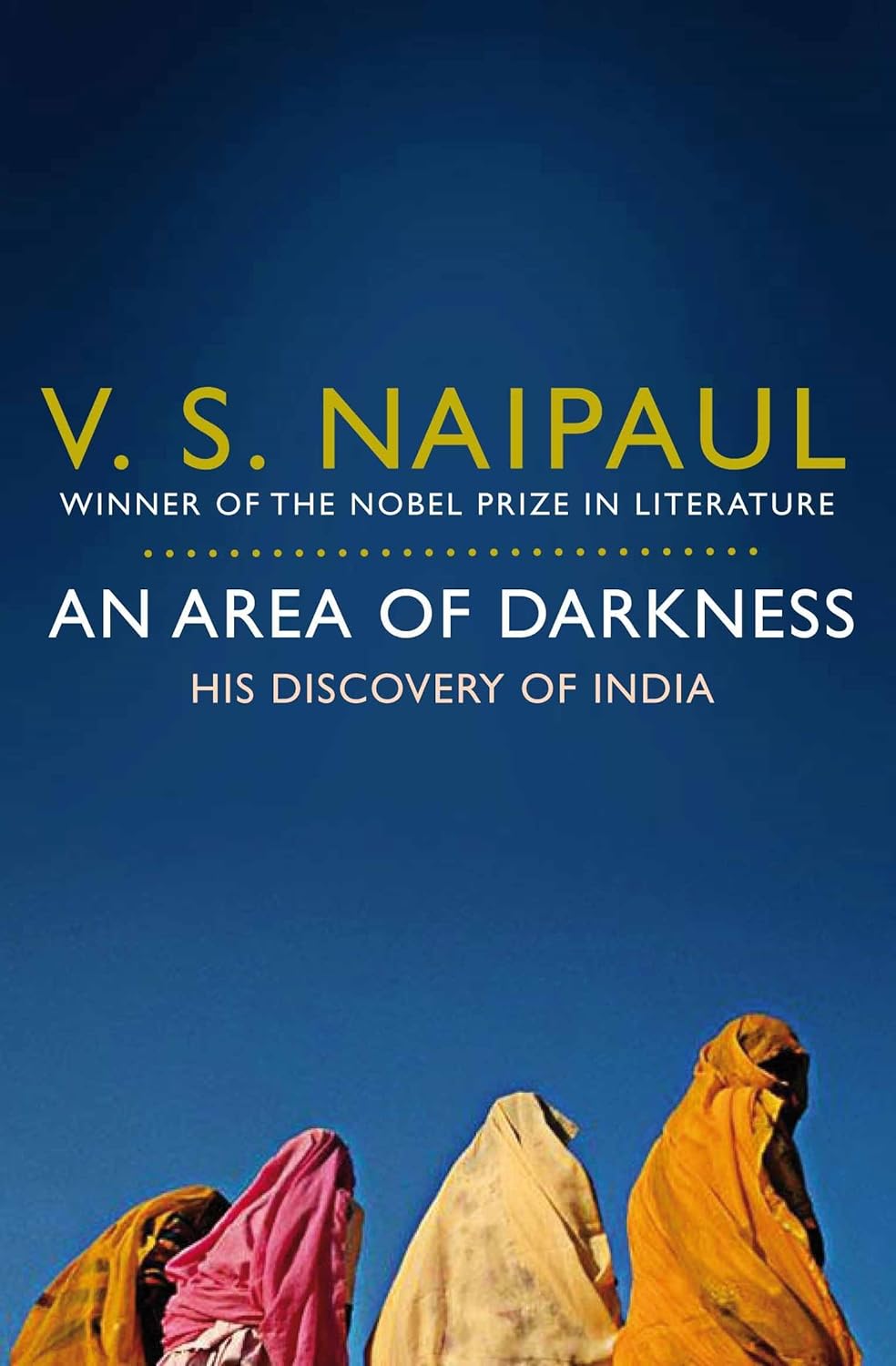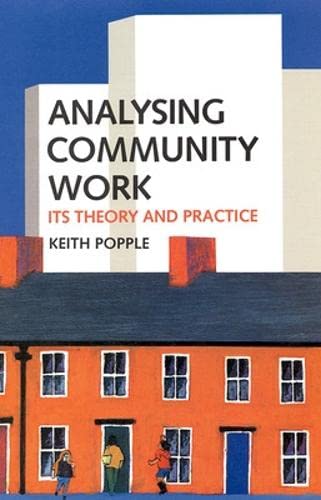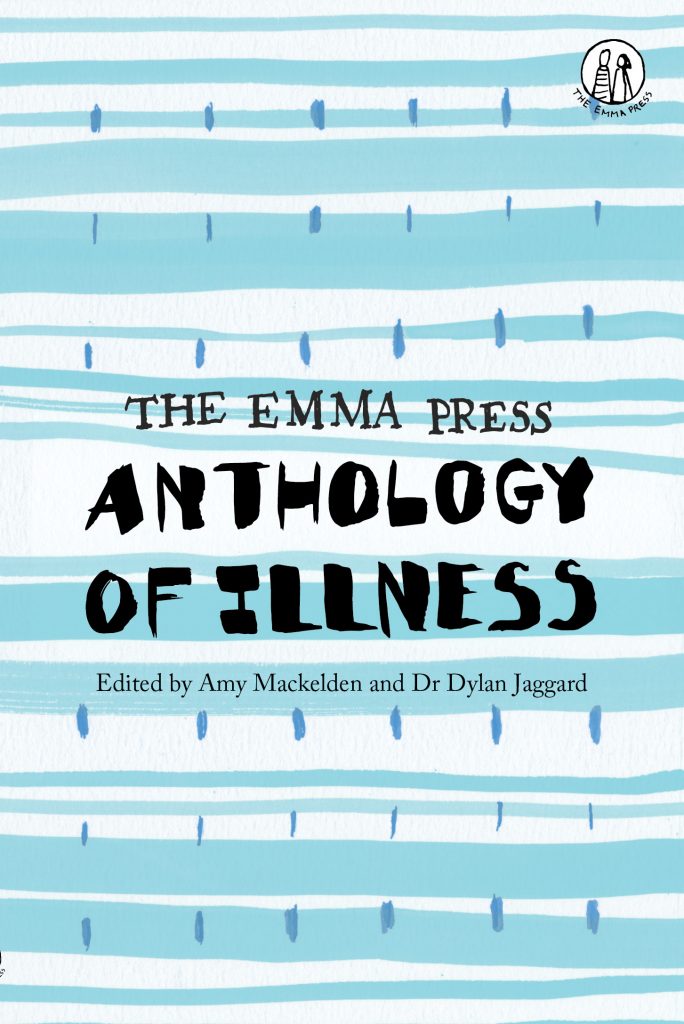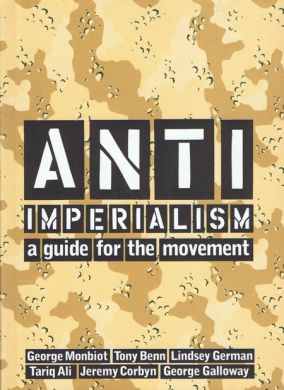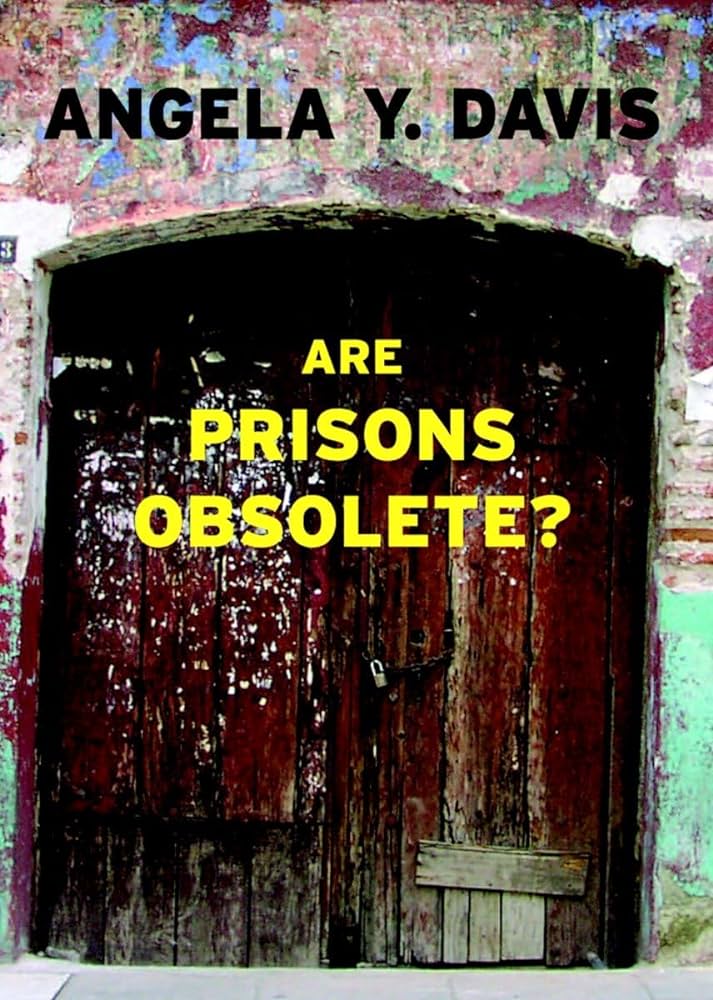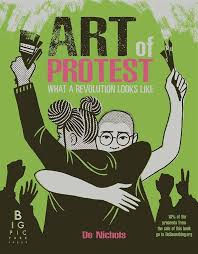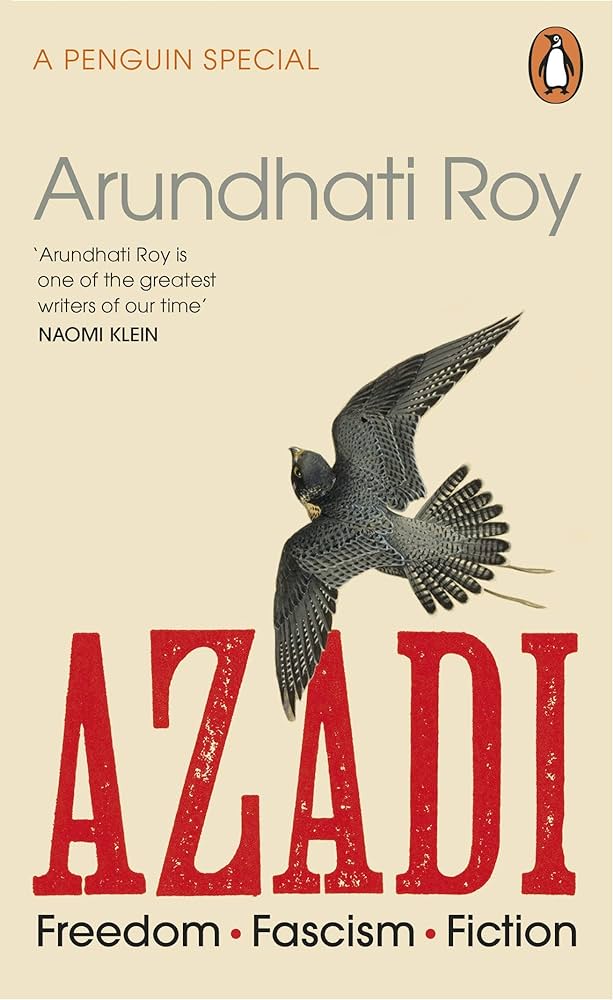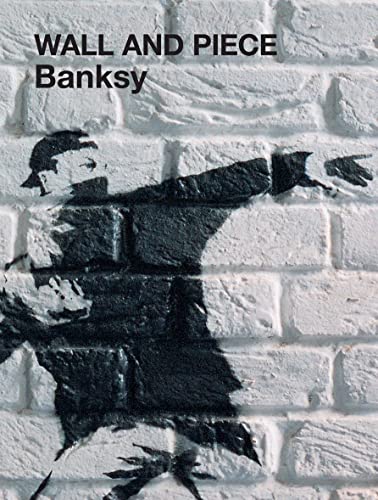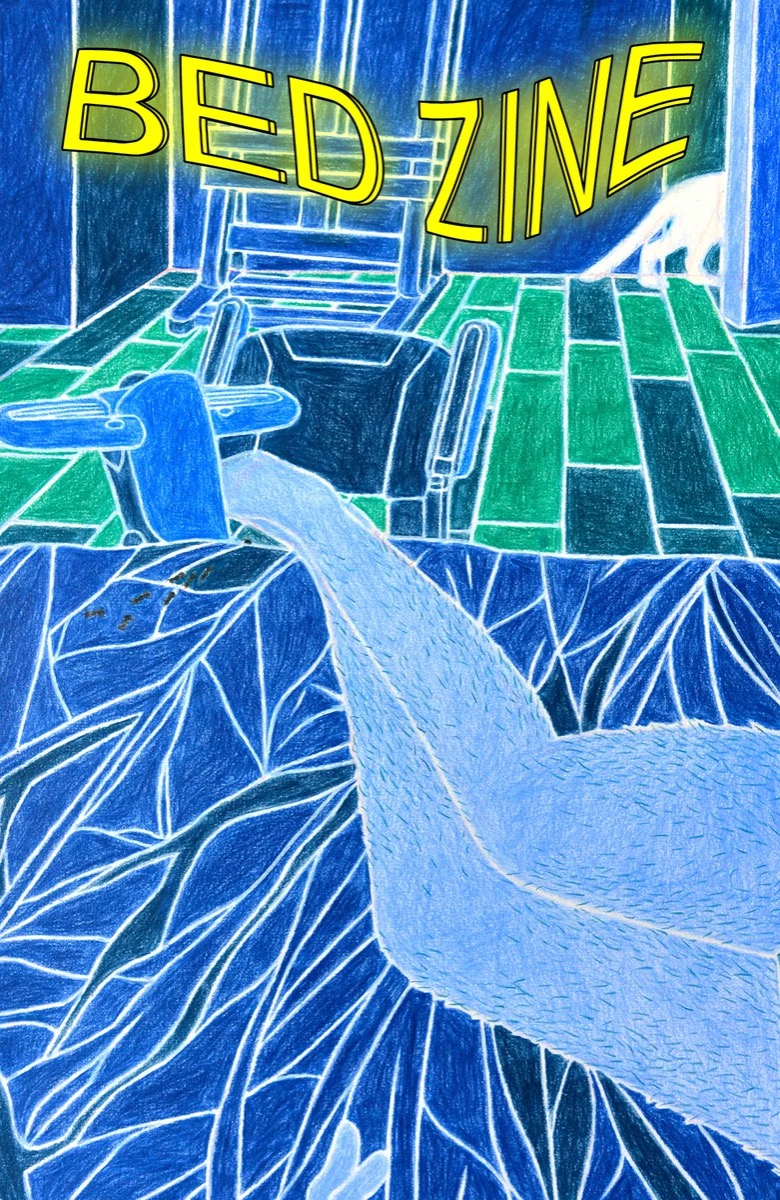The first book in V. S. Naipaul’s acclaimed Indian trilogy – with a preface by the author.
An Area of Darkness is V. S. Naipaul’s semi-autobiographical account – at once painful and hilarious, but always thoughtful and considered – of his first visit to India, the land of his forebears. He was twenty-nine years old; he stayed for a year. From the moment of his inauspicious arrival in Prohibition-dry Bombay, bearing whisky and cheap brandy, he experienced a cultural estrangement from the subcontinent. It became for him a land of myths, an area of darkness closing up behind him as he travelled . . .
The experience was not a pleasant one, but the pain the author suffered was creative rather than numbing, and engendered a masterful work of literature that provides a revelation both of India and of himself: a displaced person who paradoxically possesses a stronger sense of place than almost anyone.
‘His narrative skill is spectacular. One returns with pleasure to the slow hand-in-hand revelations of both India and himself’ – The Times
What is community work - in theory, and in practice?
Community work is a unique and important activity that offers the potential of assisting individuals, groups and communities to achieve change. Keith Popple examines this contested activity analysing its varying theoretical base and practical application. After discussing the development of community work he considers a number of contemporary themes and issues. The author argues for a more critical analysis of community work drawing on a range of key concepts and on the experiences of emerging social movements. He also encourages the extension of community work training and supports the efforts made to establish a national validated qualification.
Analvsing Community Work: Its Theory and Practice will be of value to students, educators, practitioners and policy makers in the fields of community work, youth and community work, social work and social policy. It will also assist those in their occupations such as housing management, co-opperative development and advice and advocacy who are developing their services along community work lines.
From interactions with hot oncologists to life-threatening hospital stays to a really bad case of glandular fever. Whether a diagnosis is life-altering or treatable, a total surprise or painfully invisible, The Emma Press Anthology of Illness explores what we wish people knew about being ill, and whether finding that ‘new normal’ is ever possible.
With poems from Cassandra Atherton, Sharon Black, Astra Bloom, Samara Bolton, Constance Bourg, Rachel Bower, Emily Brenchi, Sue Burge, Jane Burn, Louisa Campbell, Stephanie Conn, Marc Darnell, Marian Fielding, Charlie Fitz, Lucy Fox, Helena Goddard, Rhiannon Grant, Paula Harris, Holly Magill, Gillian Mellor, Ruth Middleton, Rebekah Miron, Jess Redway, Hollie Richards, Sam Rose, Mollie Russell, Jane Salmons, Deb Scudder, Helen Seymour, Mairi-Claire Traynor and Alison Winch.
A mass movement has swept across the globe. It has sparked new debates and questions about imperialism in the 21st century. Anti-Imperialism brings together some of the leading activists and writers in the anti-war movement to look at the issues, main players and regions most affected by imperialism past and present. This handbook is essential for activists everywhere. Contributors include Tariq Ali, George Monbiot, Tony Benn, Louise Christian and many others.
Since the 1980s prison construction and incarceration rates in the U.S. have been rising exponentially, evoking huge public concern about their proliferation, their recent privatisation and their promise of enormous profits. But these prisons house hugely disproportionate numbers of people of colour, betraying the racism embedded in the system, while studies show that increasing prison sentences has had no effect on crime. Here, esteemed civil rights activist Angela Davis lays bare the situation and argues for a radical rethinking of our rehabilitation programmes.
From the psychedelic typography used in 'Make Love Not War' posters of the 60s, to the solitary raised fist, take a long, hard look at some of the most memorable and striking protest artwork from across the world and throughout history. With an emphasis on design, analyse each artwork to understand how colour, symbolism, technique, typography and much more play an important role in communication, and learn about some of the most influential historical movements.
Ayahs, Lascars and Princes: The Story of Indians in Britain 1700-1947 by Rozina Visram is a pioneering history book that explores the lives of ordinary people from the Indian subcontinent who came to Britain during the British colonial period. It was one of the first accounts to focus on these under-documented communities.
The chant of 'Azadi!' - Urdu for 'Freedom!' - is the slogan of the freedom struggle in Kashmir against what Kashmiris see as the Indian Occupation. Ironically, it also became the chant of millions on the streets of India against the project of Hindu Nationalism. Even as Arundhati Roy began to ask what lay between these two calls for Freedom - a chasm or a bridge? - the streets fell silent. Not only in India, but all over the world. The Coronavirus brought with it another, more terrible understanding of Azadi, making a nonsense of international borders, incarcerating whole populations, and bringing the modern world to a halt like nothing else ever could. In this series of electrifying essays, Arundhati Roy challenges us to reflect on the meaning of freedom in a world of growing authoritarianism. The essays include meditations on language, public as well as private, and on the role of fiction and alternative imaginations in these disturbing times. The pandemic, she says, is a portal between one world and another. For all the illness and devastation it has left in its wake, it is an invitation to the human race, an opportunity to imagine another world.
Banksy is an England-based graffiti artist, political activist and film director of unverified identity. His satirical street art and subversive epigrams combine dark humour with graffiti executed in a distinctive stenciling technique. His works of political and social commentary have been featured on streets, walls, and bridges of cities throughout the world. Banksy's work grew out of the Bristol underground scene, which involved collaborations between artists and musicians. Observers have noted that his style is similar to Blek le Rat, who began to work with stencils in 1981 in Paris. Banksy says that he was inspired by "3D", a graffiti artist who later became a founding member of Massive Attack, an English musical group. Banksy displays his art on publicly visible surfaces such as walls and self-built physical prop pieces.
Bed Zine Issue Three is a curated selection of art and writing by disabled creatives from around the world. It explores the complex relationships that the contributors have with their beds through poetry, nonfiction writing, ceramic and textile works, illustration, painting, and more.
Created & Edited by Tash King
Graphic Design by Mia Navarro
Cover Art by Timothy Bair
Issue 3 features the work of Kwame Daniels, Annie Lee, sister starling 恖霝, Kate Haywood, Lauren Turner, Bonnie Hancell, Brian Spies, Alex Hernandez, D Dust, Ivan Helen Schremf, Df Parizeau, Michaela Coffield, Charlie Fitz, Zo Jonker, Phiroozeh Petigara, Shelby Seier, Ania Gitelmakher, Kean O’Brien, Angelica Aranda, Gabby DaSilva, Robin Kinzer, Poppy Nash, Leah Broadwell, Sheena Maria Piedade, Aiya Klempt and Gemma Gore.

